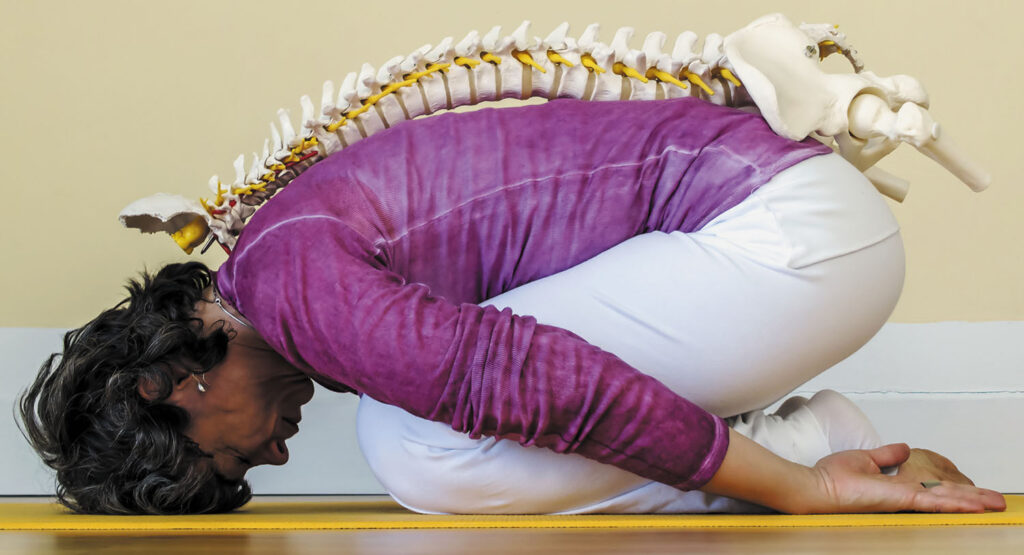A couple of weeks ago, I threw out my back while slipping on wet grass during some sprints. Throwing out your back is the worst – the pain can be excruciating and it can leave you immobile for days. Over the years, I’ve struggled off and on with lower back pain and have come up with some tried and true tips for a speedy recovery:

- Rest – Most important! I know it feels annoying to cancel your favorite class or skip that trail run, but listen to your body and you’ll heal more quickly. If you push through the pain and workout you can prolong your injury by increasing the inflammation and irritation.
- Ice – Muscle and tissue inflammation causes the pain you feel and is best treated with ice – not heat! For the first three days following your injury, ice for 20 minutes every hour. That sounds like a lot but it really will help treat the injury and reduce uncomfortable swelling.
- Medicate – When ice and rest are not enough pain management, moderate doses of Ibuprofen or Naproxen can help. Be sure to always take with some food and consult your doctor if you have a liver or blood condition, or take medication that conflicts.
- Align – If you’re an active person, it’s wise to find a chiropractor that you love and trust. I’ve seen many over the years and have always had the best luck and longest relationships with chiropractors that specialize in treating athletes. A Yelp search or a provider via your health insurance should help you find a good one. Note that your first visit to a chiropractor is going to be the longest one you’ll ever have with them. They typically take about 45 min- 1 hour to learn about your lifestyle and do a general body check, once that is done, they’ll align you. For serious back strains I typically set up 4 appointments to ensure that I make a full recovery. I make the first two appointments within 2 days of each other, and the following 2 more spaced out. You’ll get the most out of your visit if you ask all the questions that pop into your head – especially ones about the remedies or activities you want to try on your own during recovery.
- Gentle Stretching – To loosen up tight and achy lower muscles, child’s pose can be be a godsend. Very delicate foam rolling and fold over stretches are also helpful.
- Commit to strength training your core – Some slips and accidents are bound to happen, but the stronger your core muscles are the less frequently debilitating injuries will happen to you. To protect your back, commit to strengthening your abdominal muscles, obliques and your lower back and glutes. Incorporate exercises that target these areas into your exercise routine 2-3 times per week and you’ll thank me for it later! Exercises that can help include plank, bicycle crunches, oblique sit ups (knees bent and off to one side), hip bridges and squats. Comment below if you’d like us to put together a comprehensive packet of back supportive moves!

